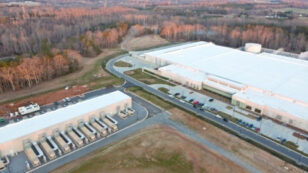
Google Failing to Enforce Policy Against Climate Disinformation Ads, New Report Finds
A new report has found that Google is breaking its October 2021 promise to not sell ads on YouTube videos containing climate disinformation.

A new report has found that Google is breaking its October 2021 promise to not sell ads on YouTube videos containing climate disinformation.

U.S. companies are taking a stand in these politically chaotic times. So far, 127 technology firms are firing back at President Donald Trump‘s travel ban affecting immigrants and refugees from seven Muslim-majority countries. Facebook, Apple and Google are leading the fight against Trump's immigration ban https://t.co/6lcwkRfP2a pic.twitter.com/MoNxOmRmLP — Forbes (@Forbes) February 6, 2017 The movement […]

By Gary Cook Google announced today that it has reached 2.6 GW of renewable energy purchased, putting the company on pace to reach 100 percent renewable energy in 2017. In its announcement, the company noted that renewable energy has both managed its carbon footprint and been good for business as the lowest cost option. Google […]

It takes a lot of energy to enable web users to stream videos, downloads books and other online activities—about the same amount it would take to power 30 nuclear power plants. Data centers around the world use about 30 gigawatts, or 30 billion watts of electricity, according to Green House Data. U.S. data centers account […]